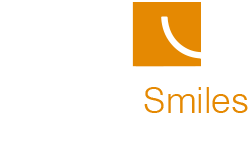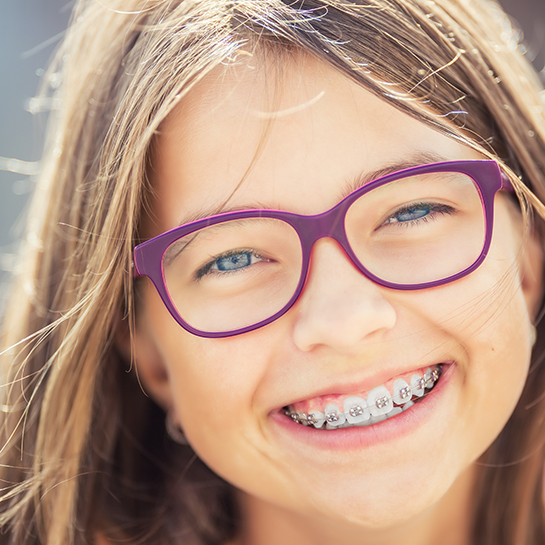Orthodontic Appliances
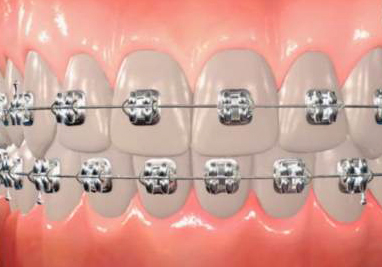 Archwire
Archwire
An archwire is a thin metal wire used in orthodontic treatment to apply gentle, constant pressure to teeth to move them into the desired position.
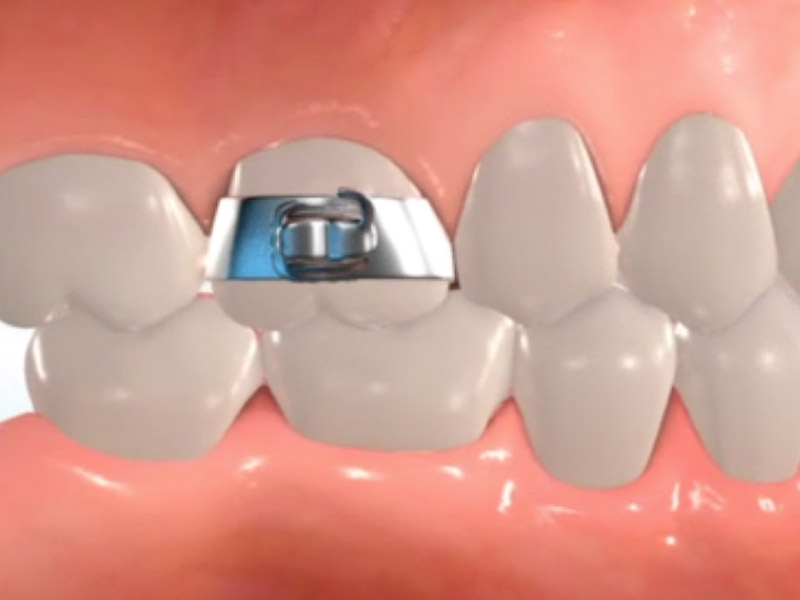 Bands
Bands
Molar bands, or orthodontic bands, are metal rings placed around the molars to anchor braces or other orthodontic appliances. The bands are custom-fitted to the patient’s teeth and are typically made of stainless steel.
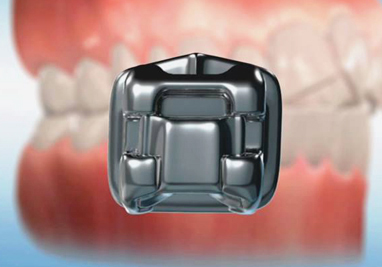 Brackets
Brackets
Brackets are small metal or ceramic pieces attached to each tooth with a special dental adhesive. The brackets serve as anchors for the archwires placed in them, allowing the orthodontist to control the movement of the teeth.
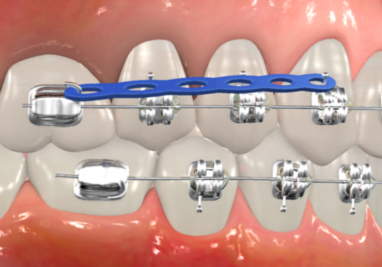 Chain
Chain
Orthodontic chains are small elastic or wire chains used in orthodontic treatment to connect the brackets and guide the teeth into their proper positions. They are made of a stretchy material and come in various colors, allowing patients to personalize their treatment.
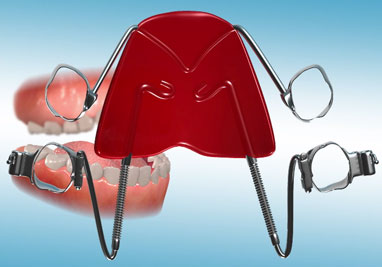 Distal Jet
Distal Jet
A distal jet is an orthodontic appliance used to move molars backward in the mouth. It is typically used when there is insufficient space in the mouth for the molars to fit properly. The distal jet consists of two bands attached to the molars and a metal framework placed behind the front teeth. The appliance applies pressure to the molars, gradually moving them backward to create more space.
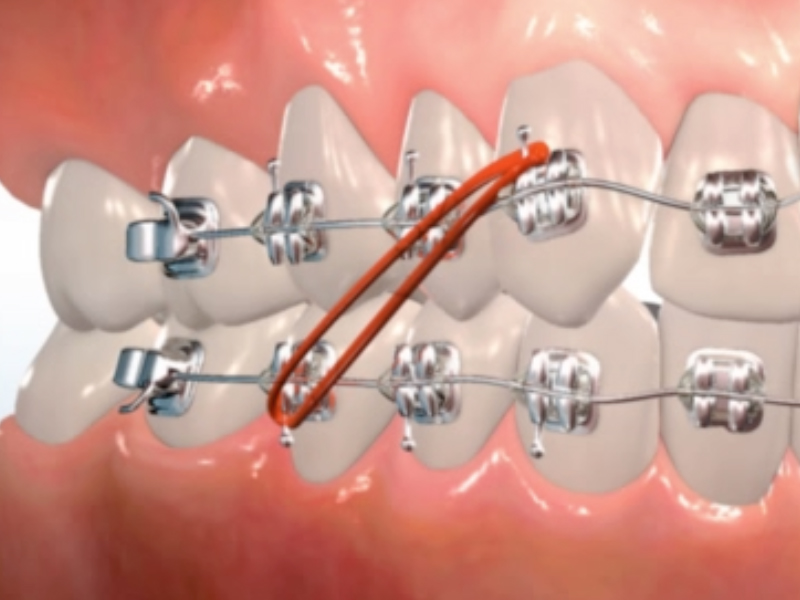 Elastics
Elastics
Elastics, also known as rubber bands, are an orthodontic accessory used to apply pressure on the teeth and jaw to correct misalignment issues. These small rubber bands come in a variety of colors and strengths and can be attached to brackets on the upper and lower teeth.
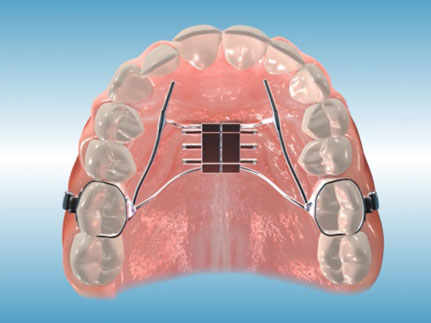 Expander
Expander
A fixed palatal expander is an orthodontic appliance attached to the upper molars and used to expand the upper jaw. The expander consists of two pieces connected in the middle by a screw. By turning the screw, the two halves of the expander gradually push against the upper molars, causing the jaw to widen over time. Fixed palatal expanders are often used in cases where the upper jaw is too narrow or a crossbite needs to be corrected.
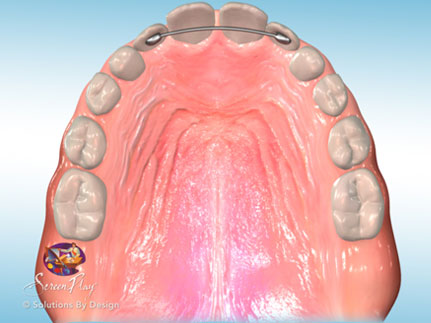 Fixed Retainer
Fixed Retainer
A fixed retainer is a type of orthodontic retainer that is permanently bonded to the back of the teeth to maintain the new position of the teeth after braces or other orthodontic treatment. It is typically made of a thin wire attached to the back or tongue-side of the teeth.
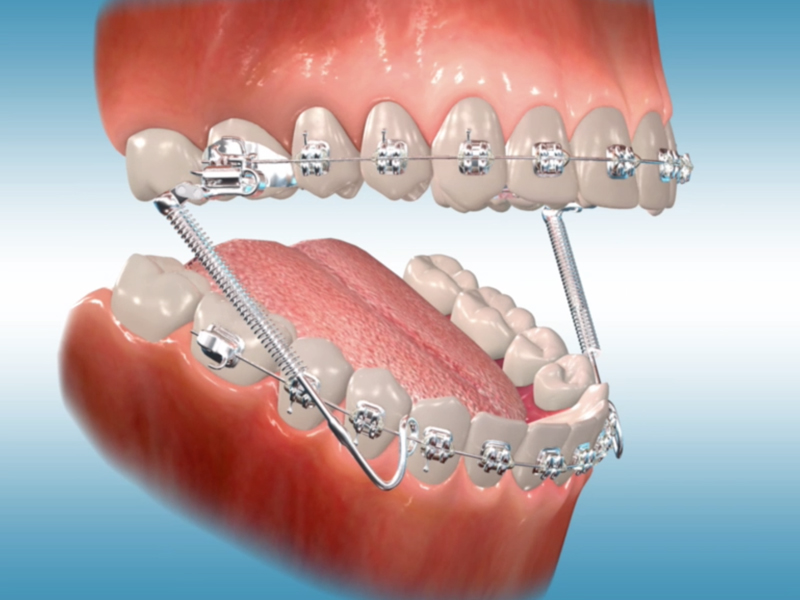 Forsus
Forsus
Forsus is a fixed orthodontic appliance that corrects bite issues like overbites and underbites. It is attached to the braces and has a spring and rod system that helps move the teeth and jaws into proper alignment. Forsus can help eliminate the need for headgear and can often achieve quicker results than other orthodontic appliances.
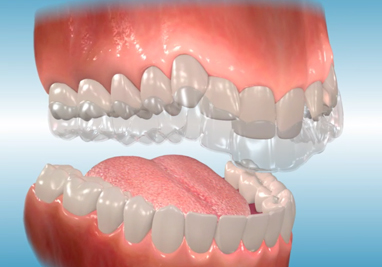 Invisalign
Invisalign
Invisalign is a type of clear aligner used for orthodontic treatment to straighten teeth and is an aesthetic alternative to metal braces.
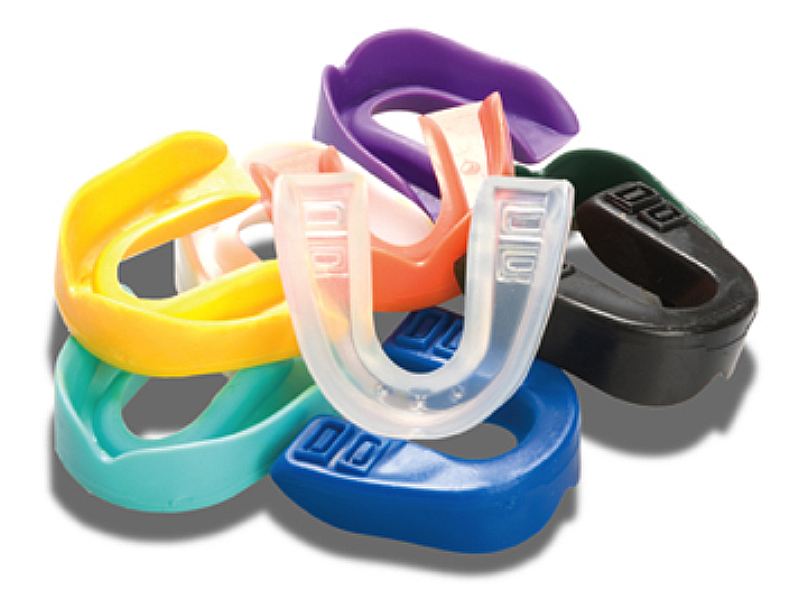 Mouth Guard
Mouth Guard
A mouthguard is a protective device worn over the teeth to prevent injury to the teeth, gums, lips, and other soft tissues in the mouth during contact sports or other physical activities.
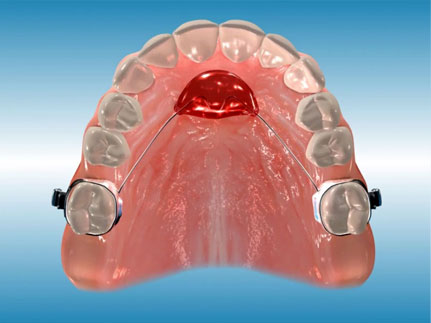 Nance
Nance
A nance appliance is an orthodontic appliance used to prevent the upper molars from moving and maintain the position of other teeth in the arch. It is a small acrylic plate attached to the mouth’s roof with bands.
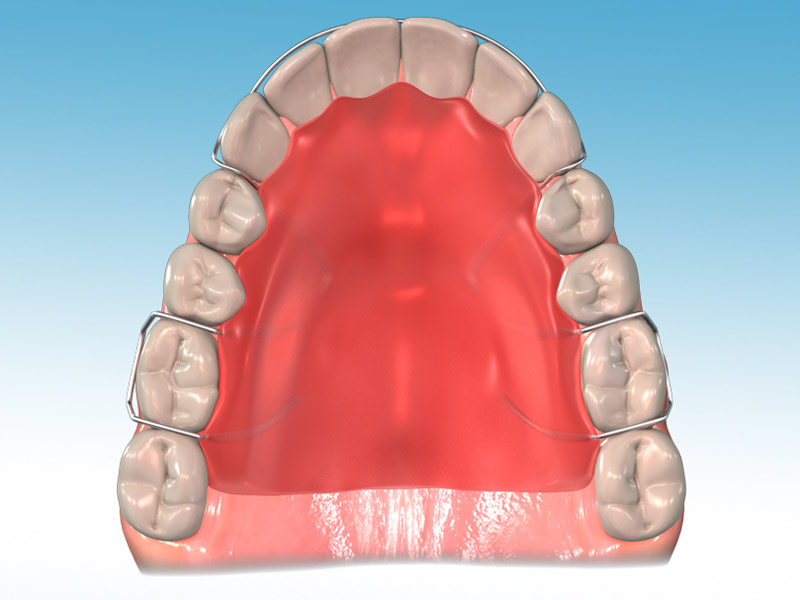 Removable Retainer
Removable Retainer
A removable retainer is a type of orthodontic retainer that can be taken out of the mouth and placed back in as necessary. It is used to maintain the position of teeth after braces.
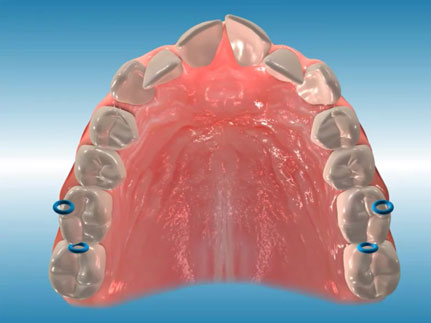 Separators
Separators
Separators, also known as spacers, are small rubber or metal rings placed between teeth to create space for placing bands around the teeth. They are usually placed a few days before the banding appointment to ensure enough space to fit the bands comfortably.
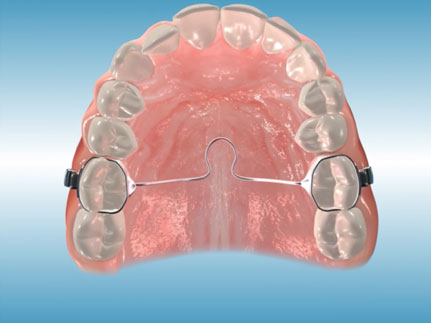 Transpalatal Bar
Transpalatal Bar
A transpalatal bar is an orthodontic appliance used to stabilize the upper molars and prevent them from shifting or rotating during treatment. It is a thin metal bar bonded to the upper molars and runs across the roof of the mouth.

